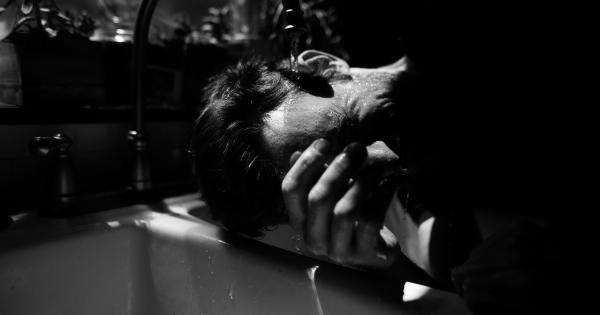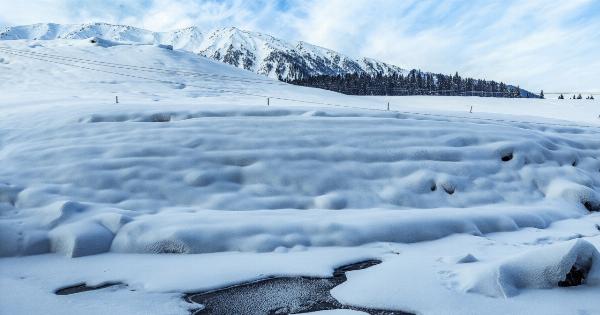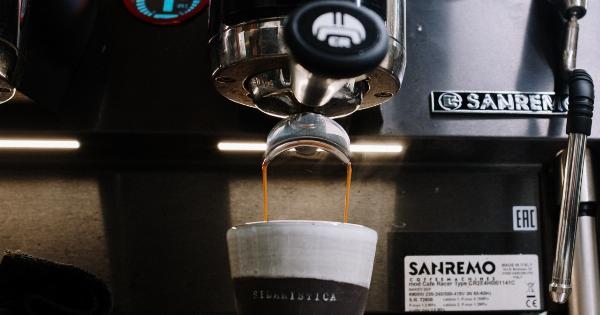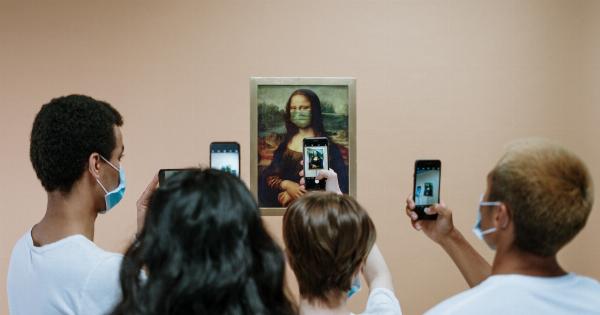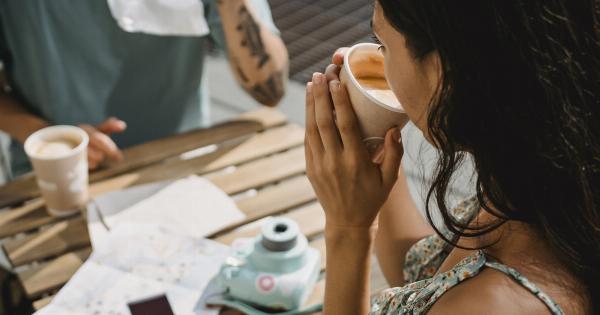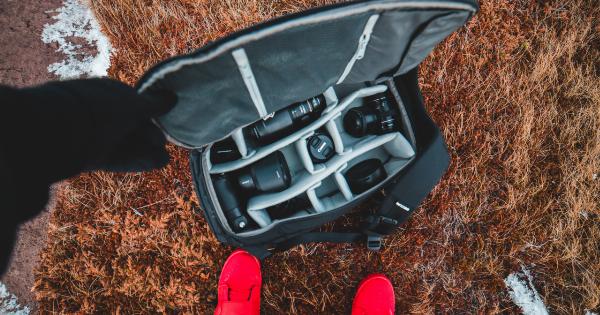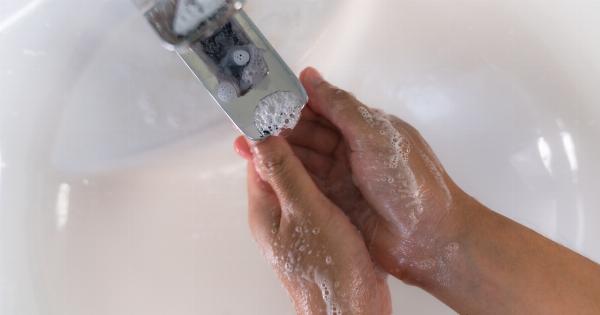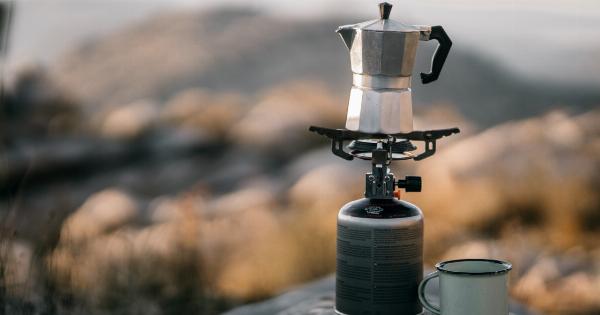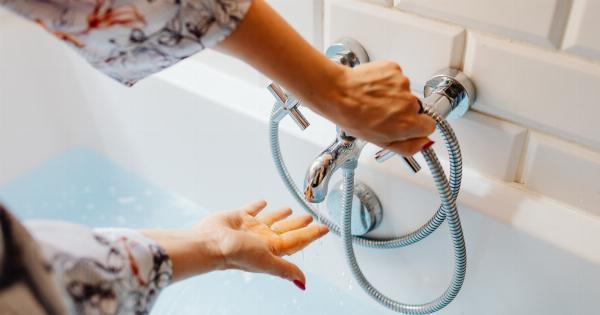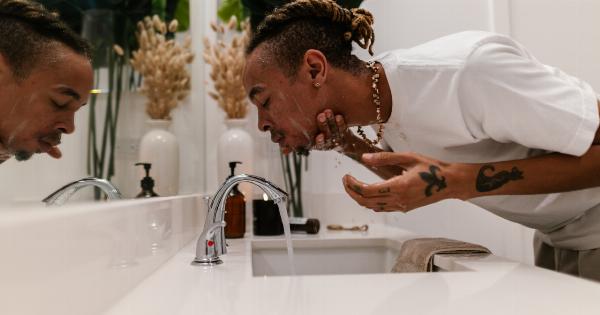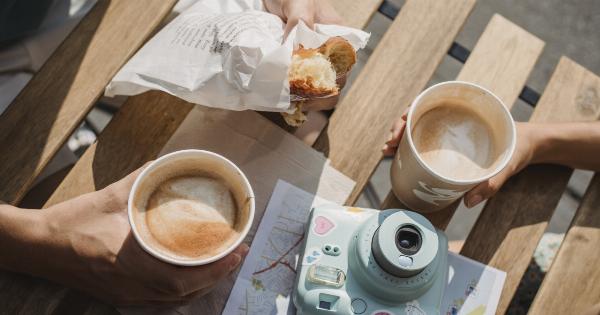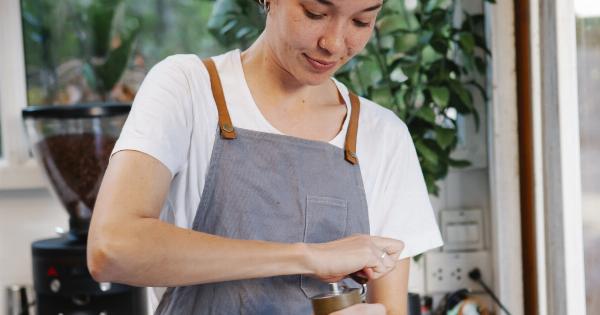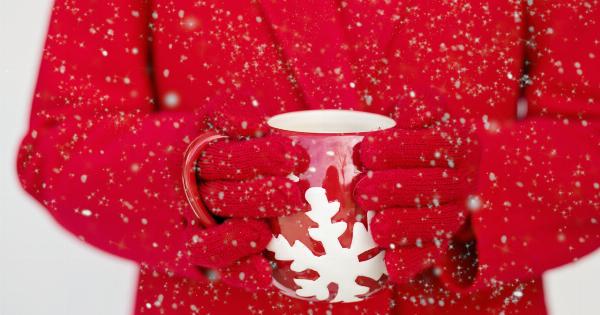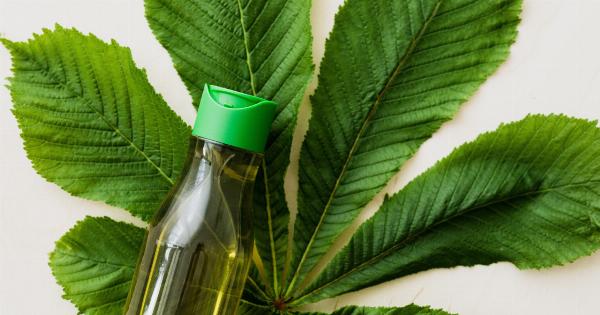Coffee is one of the most beloved beverages in the world. From its rich aroma to its invigorating effects, it has become a morning ritual for many people.
However, even the most die-hard coffee fanatics can make mistakes that compromise the quality of their favorite brew. In this article, we will explore some of the major mistakes that coffee fanatics often make and how to avoid them.
1. Using Stale Coffee Beans
One of the most common mistakes coffee enthusiasts make is using stale coffee beans. Coffee beans have a limited shelf life, and once they are exposed to air, they start to lose their freshness.
Stale beans can result in a lackluster and flat-tasting cup of coffee. To ensure a flavorful brew, always use fresh coffee beans and store them in an airtight container.
2. Grinding Coffee Too Far in Advance
Grinding your coffee beans too far in advance is another mistake that can degrade the quality of your brew. Coffee grounds quickly lose their flavor and aroma once they are exposed to oxygen.
It is best to grind your beans just before brewing to preserve the optimal taste and aroma.
3. Using Incorrect Water Temperature
The temperature of the water used for brewing plays a crucial role in extracting the flavors from coffee. Using water that is too hot can lead to a bitter and over-extracted cup, while water that is too cold can result in a weak and underwhelming brew.
The ideal water temperature for brewing coffee is between 195°F and 205°F (90°C to 96°C).
4. Neglecting Proper Coffee-to-Water Ratio
Getting the coffee-to-water ratio right is essential for a well-balanced cup of coffee. Using too little coffee will result in a weak and watery brew, while using too much coffee can lead to an overpowering and bitter taste.
As a general guideline, a ratio of 1:16 (1 part coffee to 16 parts water) is a good starting point, but you can adjust it based on your personal preference.
5. Allowing Coffee to Sit on a Heated Plate
Leaving your brewed coffee on a heated plate for an extended period is a common mistake that can result in a burnt and unpleasant flavor. The heat from the plate continues to cook the coffee, causing it to become bitter.
If you want to keep your coffee warm, transfer it to an insulated thermos or carafe instead.
6. Using Tap Water of Questionable Quality
The quality of the water you use can significantly impact the taste of your coffee. Tap water with high levels of chlorine or impurities can leave behind off-flavors in your brew.
Using filtered or bottled water can help ensure a cleaner taste and enhance the overall coffee experience.
7. Not Cleaning Your Coffee Equipment
Over time, coffee oils and residue can build up in your coffee equipment, affecting the flavor of your brew. Neglecting to clean your coffee maker, grinder, or French press can lead to a bitter and rancid taste.
Regularly clean your equipment using water and mild detergent to prevent any buildup and maintain the integrity of your coffee’s flavor.
8. Reheating Leftover Coffee
Reheating leftover coffee is a mistake that can result in a stale and unpleasant taste. When coffee cools down, its flavors change, and reheating it won’t bring back its original freshness.
If you have leftover coffee, consider making iced coffee or using it in recipes rather than reheating it.
9. Using Improper Storage Containers
Storing your coffee in the wrong containers can expose it to air and moisture, leading to flavor degradation. Avoid using glass jars or clear plastic containers that allow light to penetrate.
Instead, opt for airtight containers made of ceramic or stainless steel that will keep your coffee fresh and protected from external elements.
10. Drinking Coffee Too Late in the Day
Coffee contains caffeine, a stimulant that can interfere with sleep when consumed too late in the day. Drinking coffee too close to bedtime can lead to restlessness and disturbed sleep patterns.
To avoid this, it is best to limit your caffeine intake in the afternoon and evening hours, allowing your body enough time to process the caffeine before sleep.


